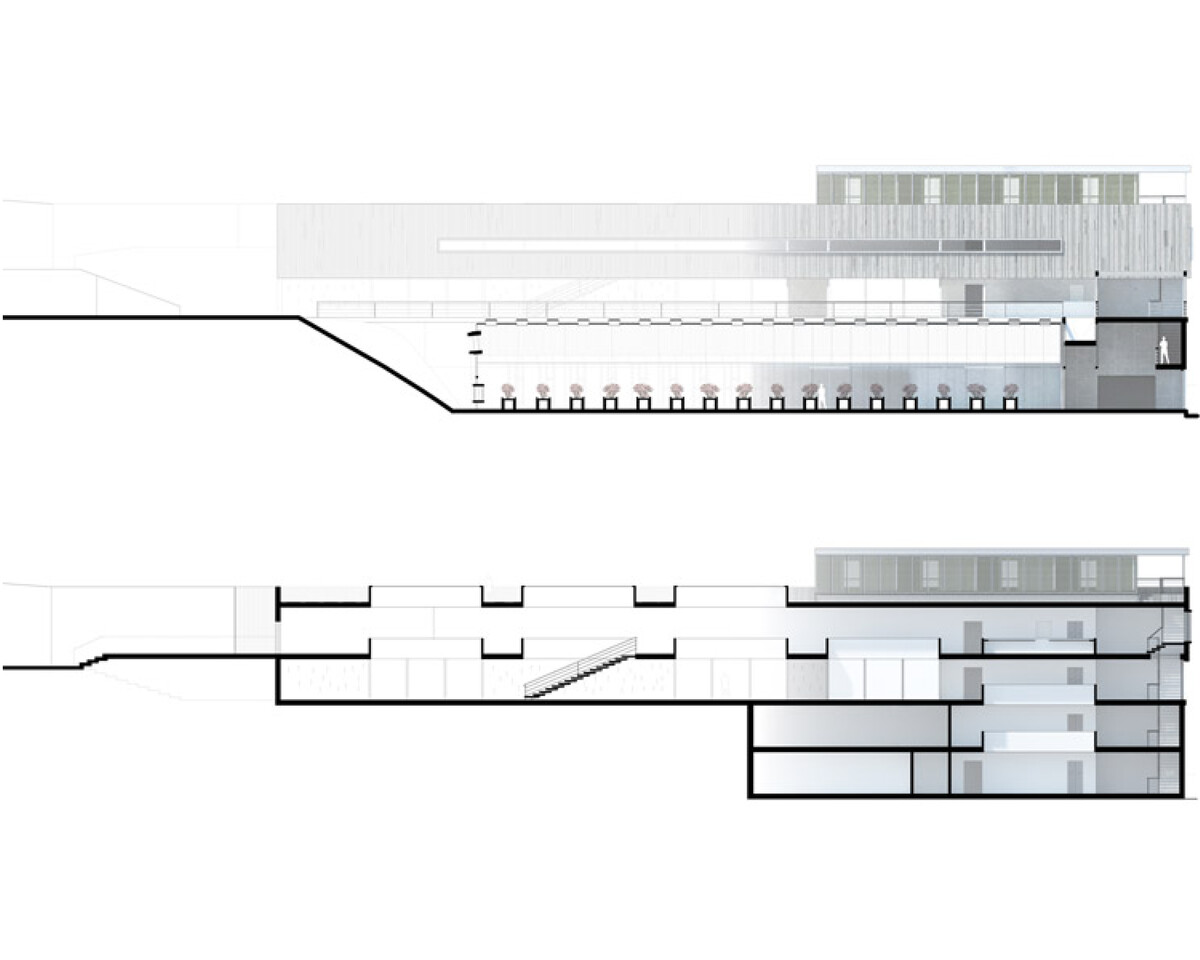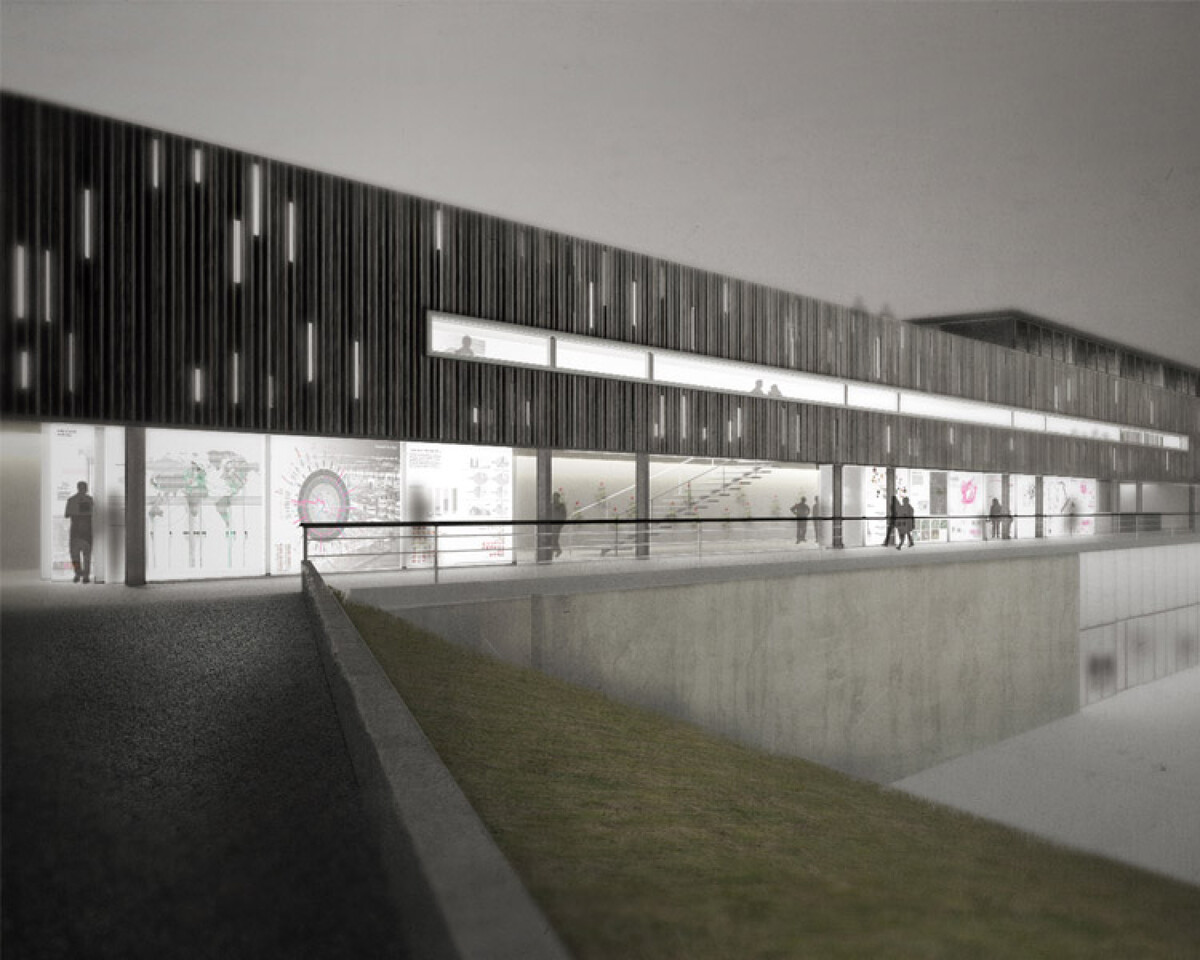Latacunga
Felipe Correa, Andrew McGee, Kai Liau, Ashley Scott Kelly, Joaquin Bonifaz
design comission
Nevado Flowers
2014
Fresh cut flowers are neither a raw natural resource nor a human necessity. Incredibly ephemeral in their physical and aromatic states, these highly engineered blossoms and stems of choice plants are primarily a luxury good. Yet their primal and time honored presence across all cultures has turned flowers into a global enterprise which occupies an extensive and continuously growing surface of productive agricultural land, with a particularly heavy concentration in high altitude equatorial zones, primarily in Ecuador, Colombia, Kenya, and Ethiopia.
This applied research and design project investigates the instrumental role the flower industry has played in recasting the territorial dynamics of agricultural land at a global scale along the equator.
At a regional scale, it explores the spatial relationship between flower production and a global delivery chain.
The project also traces volumes of flowers produced in Latin America and Africa, and the geographies where these flowers are exported to.
The second component of the project involves the design of a post harvest research facility and flower museum, embedded in the farmlands of the Ecuadorian Andes.
An experimental post harvest facility, a gallery, and a lodge make up the key components of an “L” shaped building that is anchored into the topography.
Latacunga
Felipe Correa, Andrew McGee, Kai Liau, Ashley Scott Kelly, Joaquin Bonifaz
design comission
Nevado Flowers
2014
Fresh cut flowers are neither a raw natural resource nor a human necessity. Incredibly ephemeral in their physical and aromatic states, these highly engineered blossoms and stems of choice plants are primarily a luxury good. Yet their primal and time honored presence across all cultures has turned flowers into a global enterprise which occupies an extensive and continuously growing surface of productive agricultural land, with a particularly heavy concentration in high altitude equatorial zones, primarily in Ecuador, Colombia, Kenya, and Ethiopia.
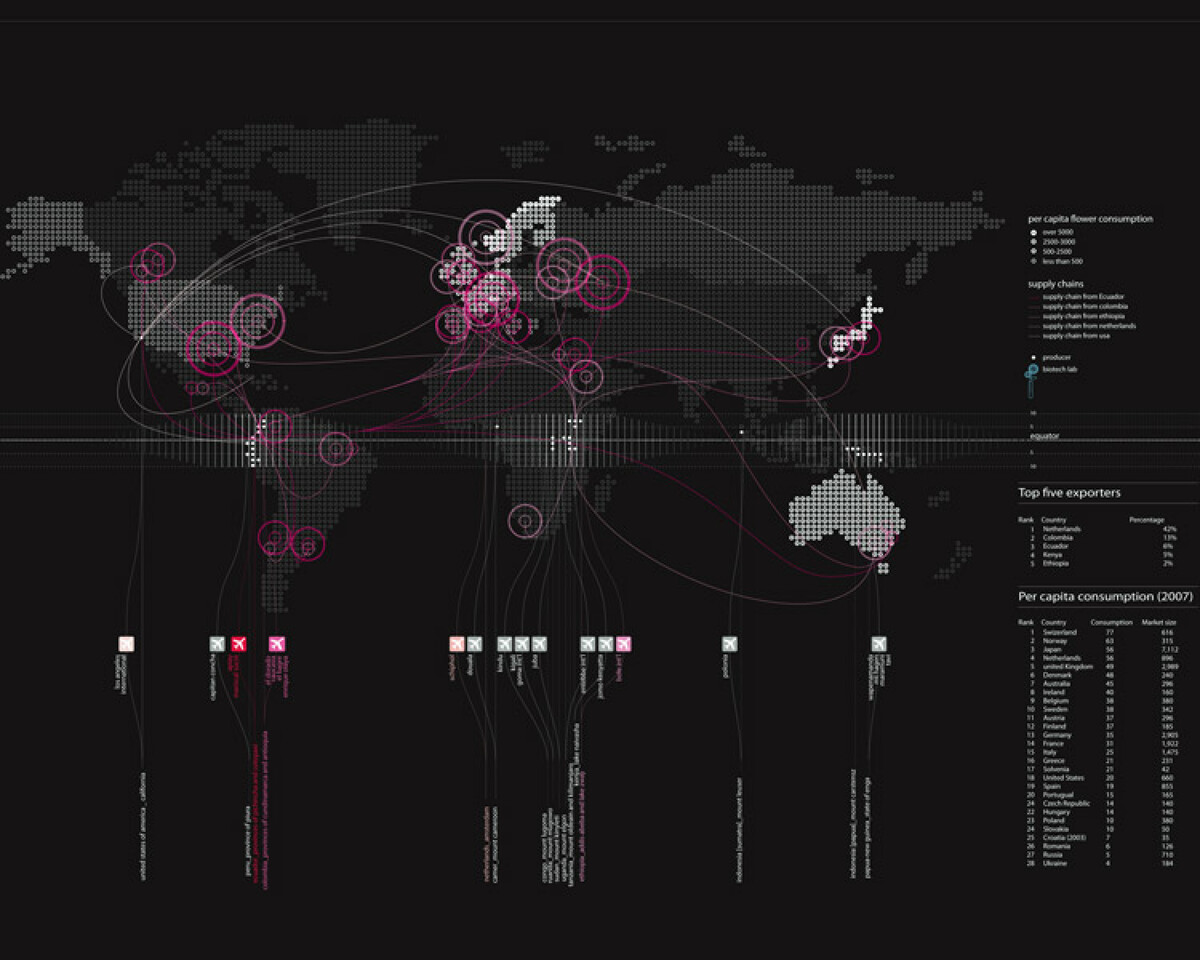
This applied research and design project investigates the instrumental role the flower industry has played in recasting the territorial dynamics of agricultural land at a global scale along the equator.
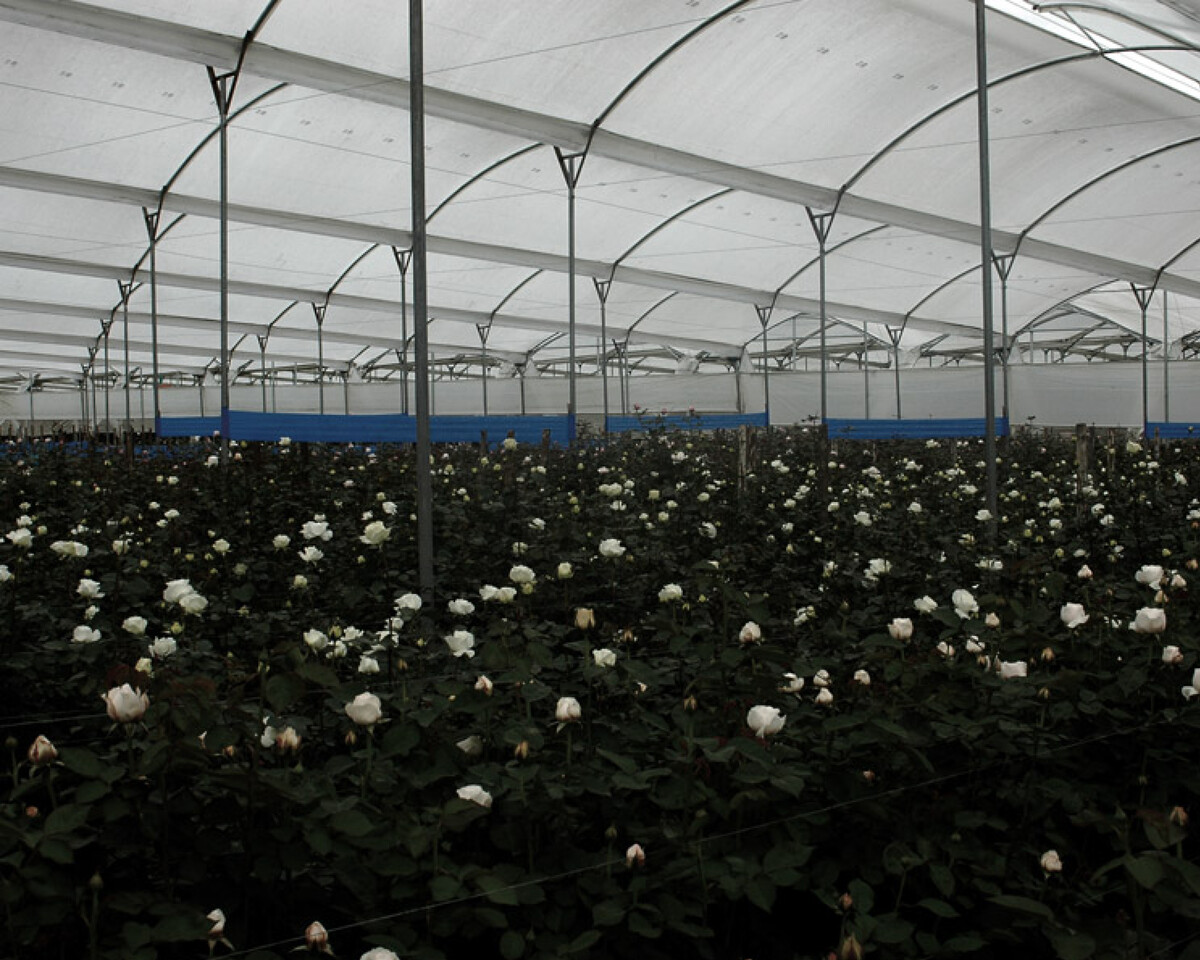
At a regional scale, it explores the spatial relationship between flower production and a global delivery chain.
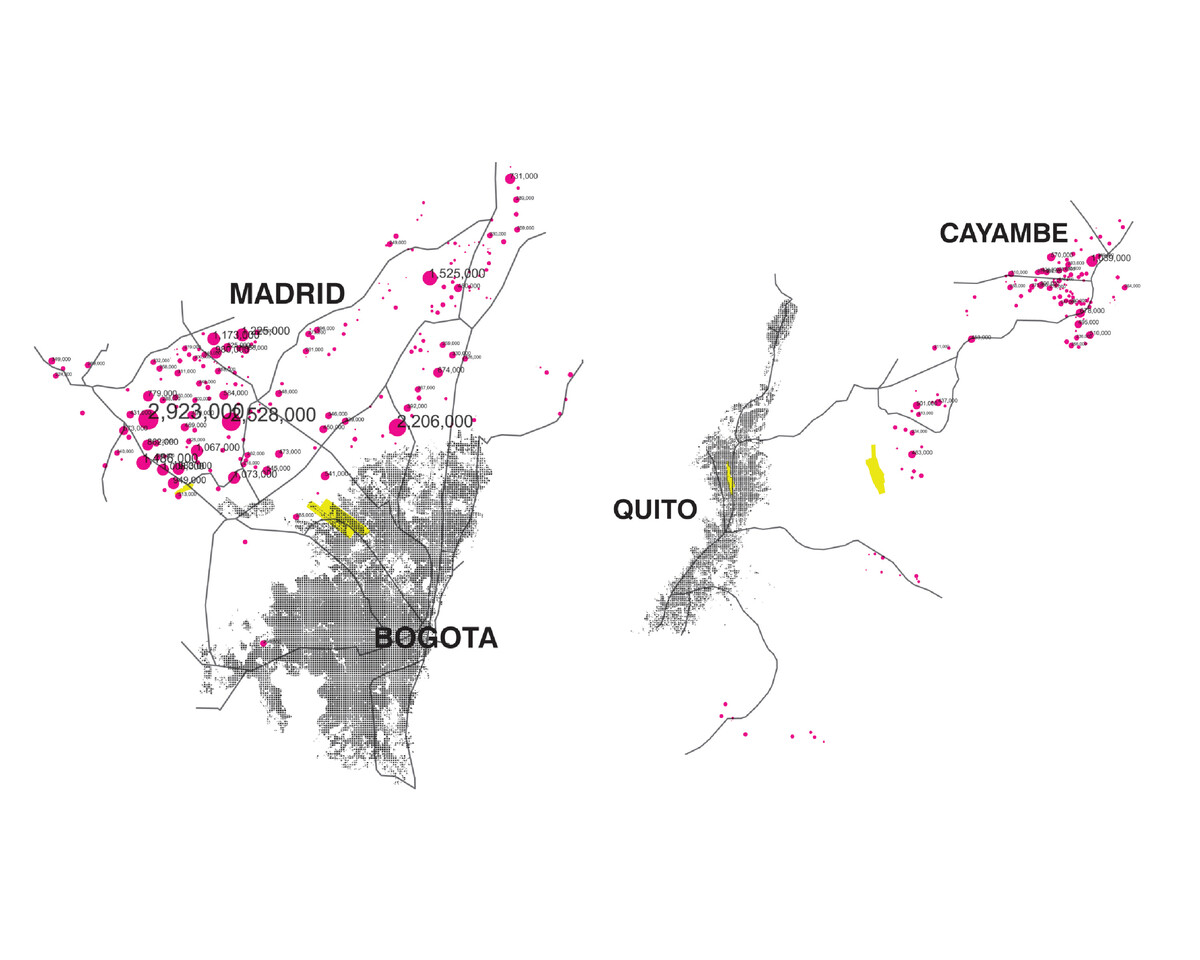
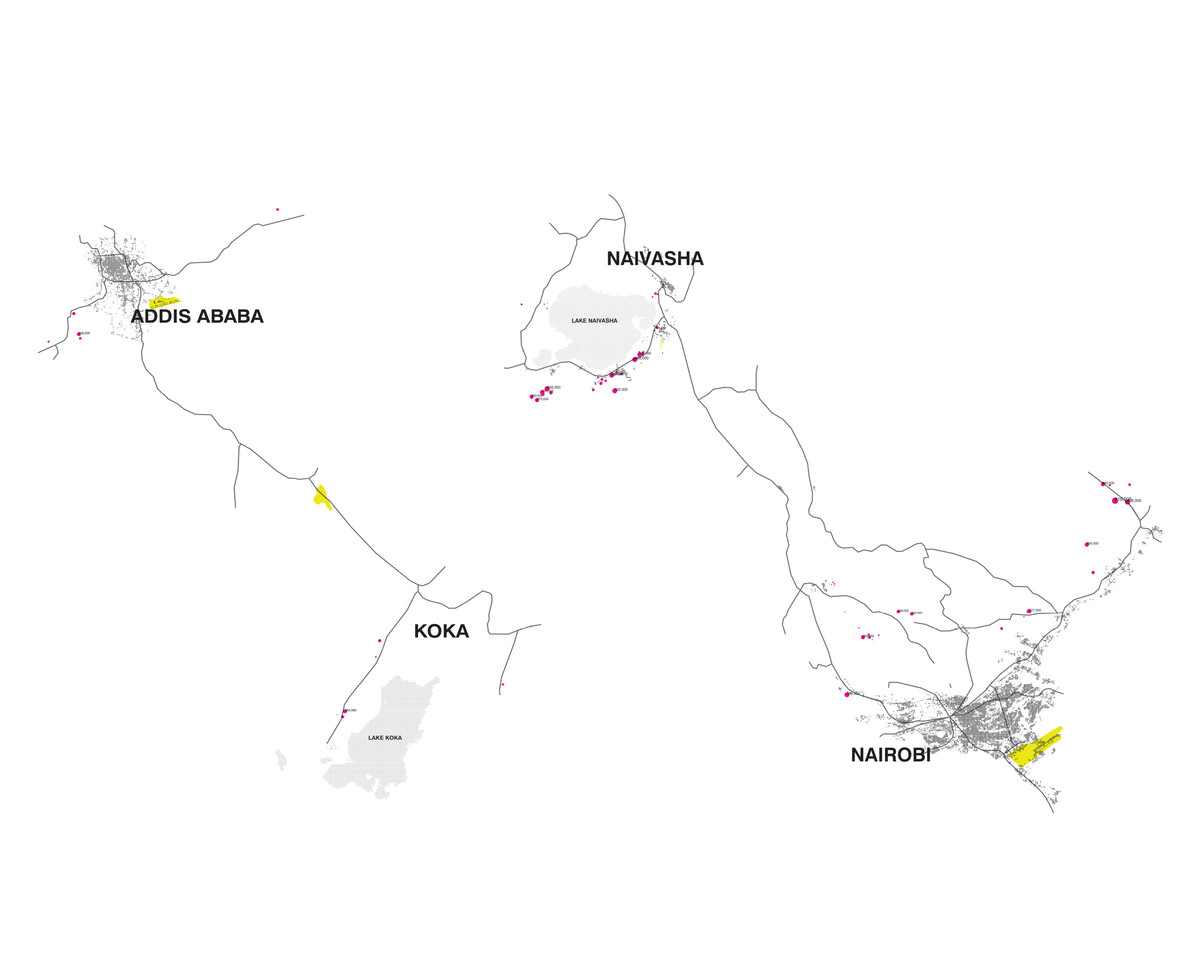
The project also traces volumes of flowers produced in Latin America and Africa, and the geographies where these flowers are exported to.
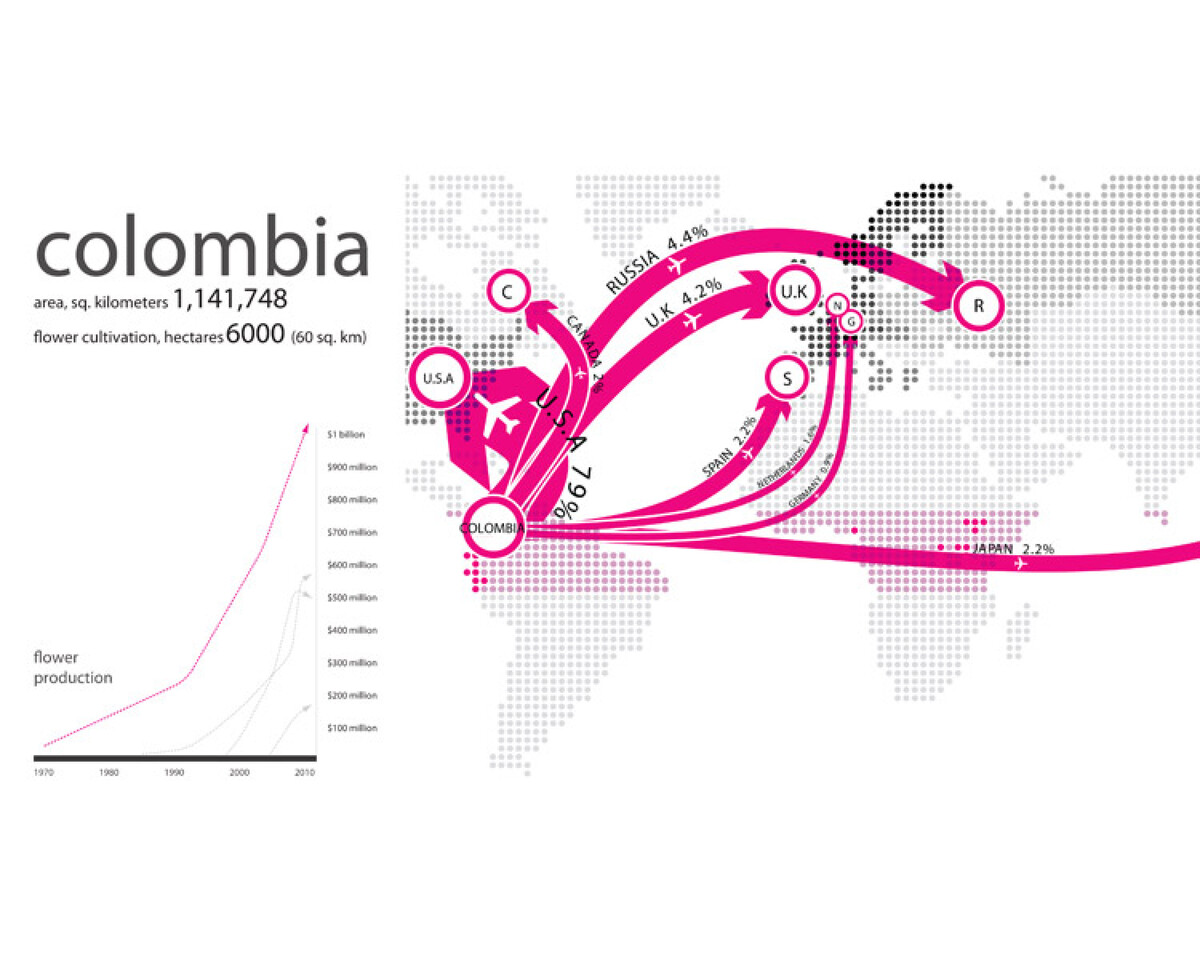
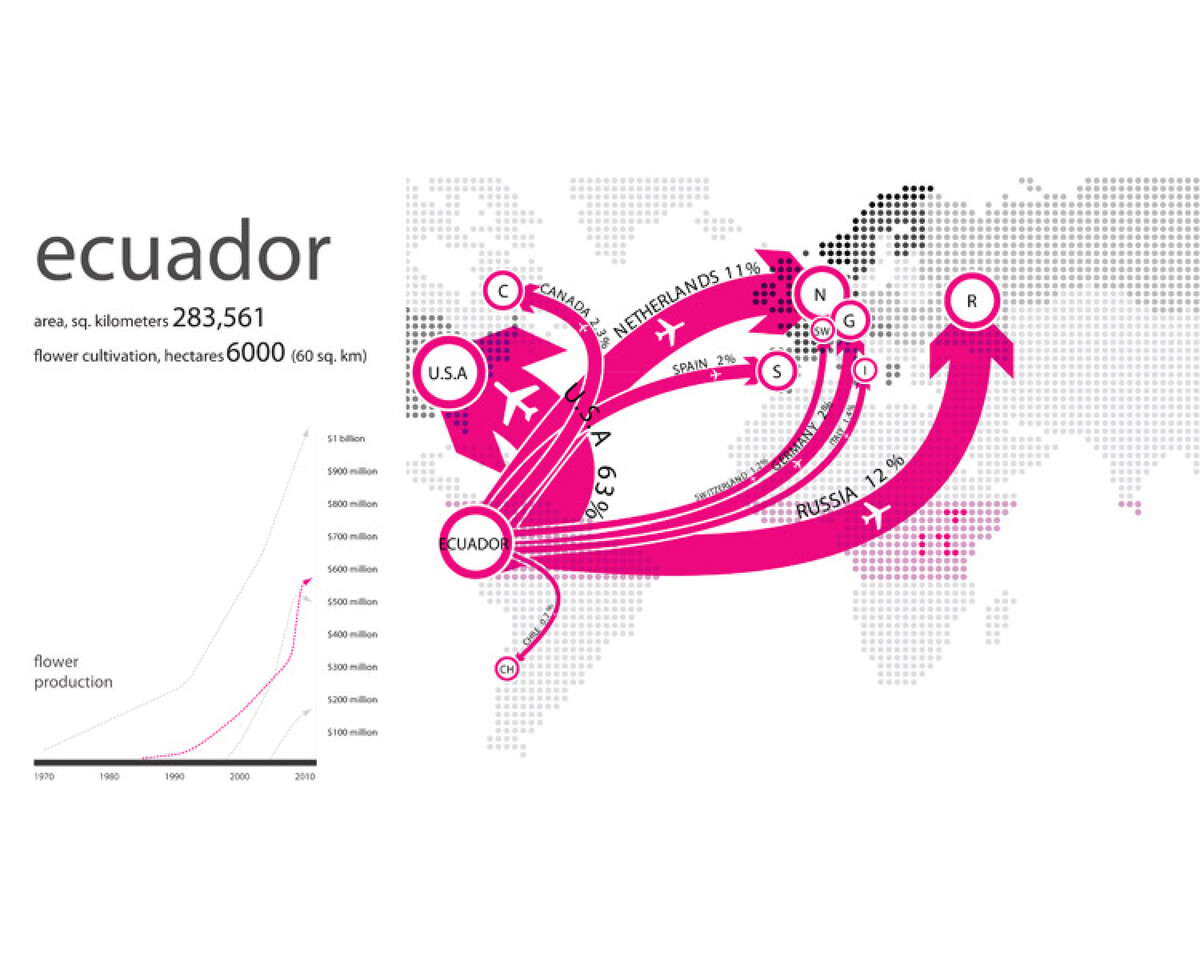
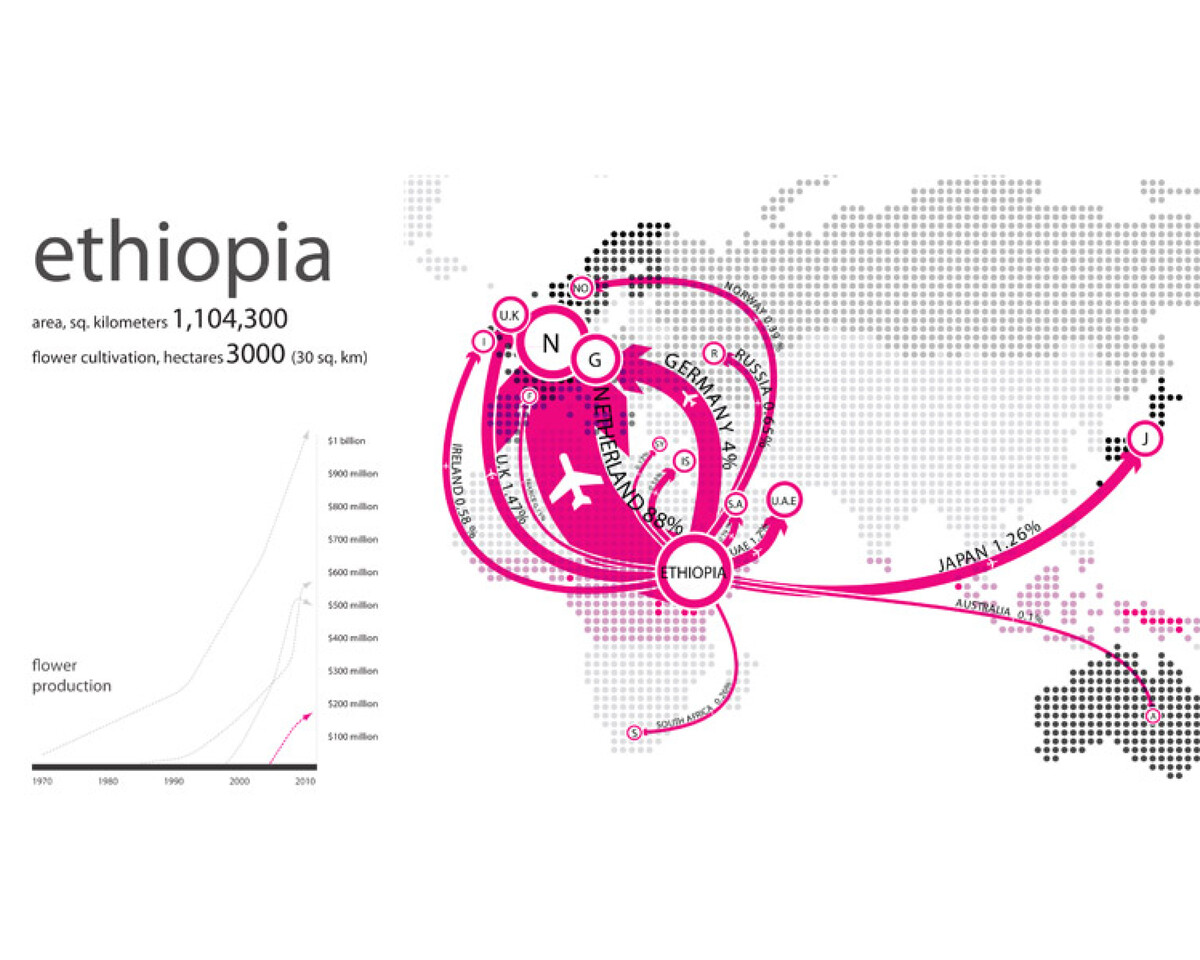
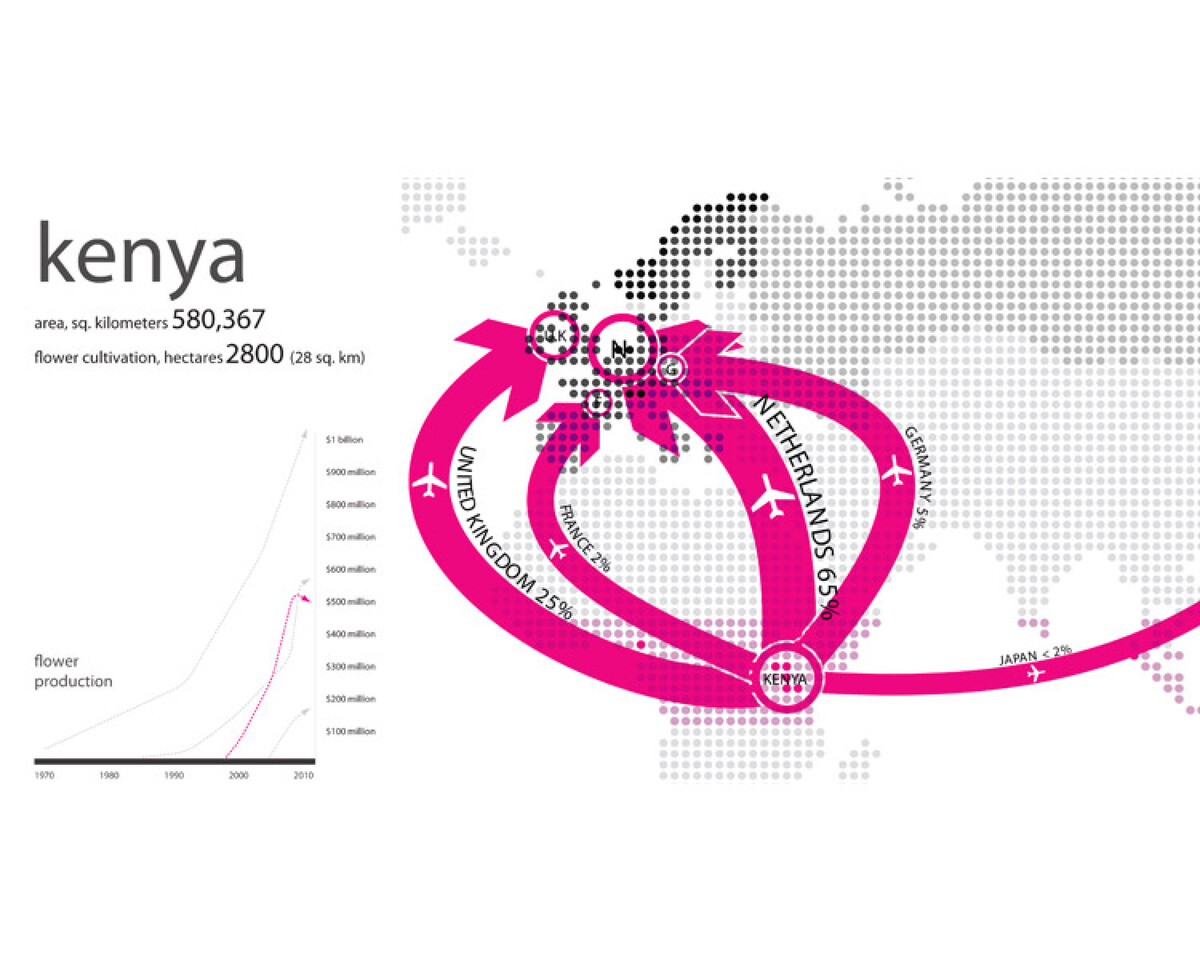
The second component of the project involves the design of a post harvest research facility and flower museum, embedded in the farmlands of the Ecuadorian Andes.
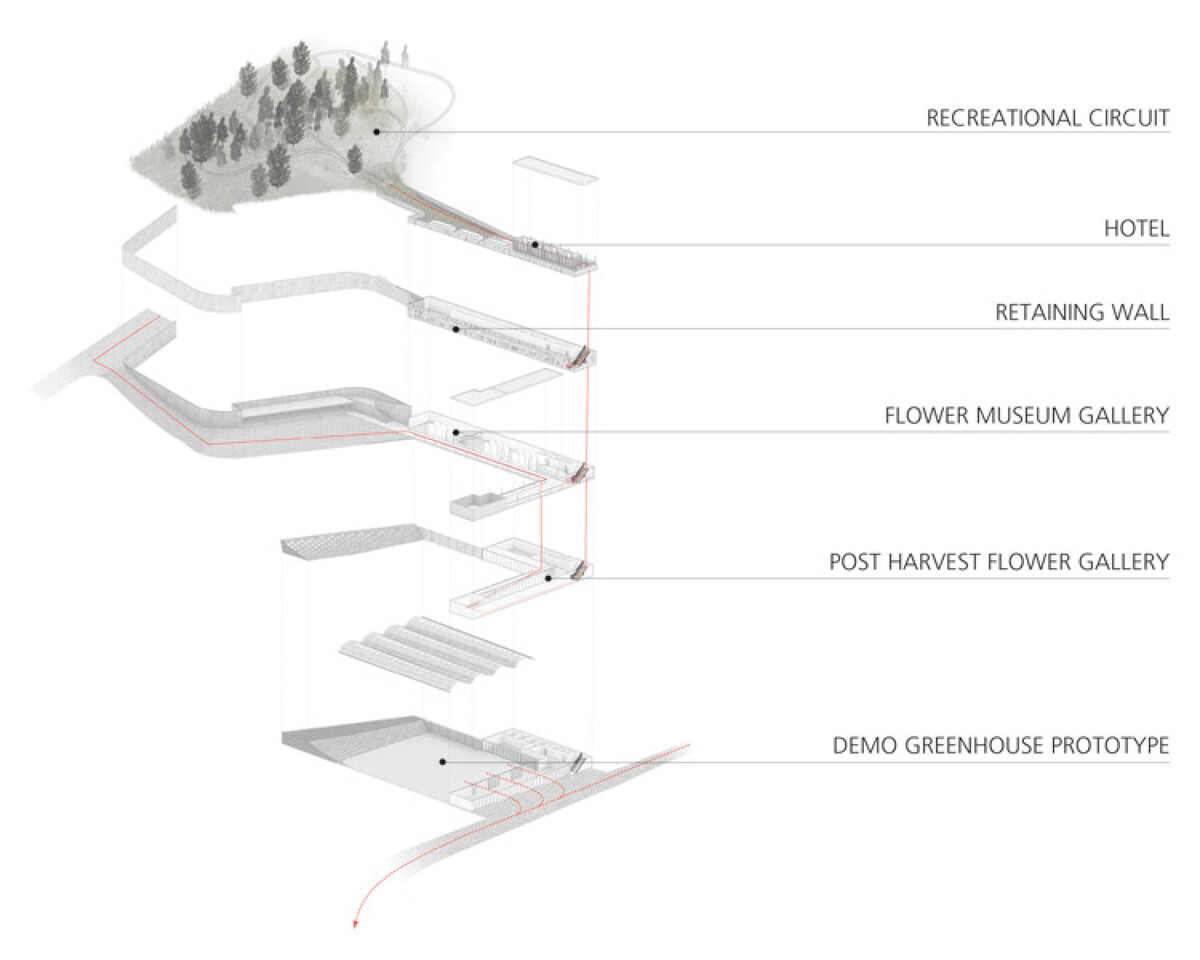
An experimental post harvest facility, a gallery, and a lodge make up the key components of an “L” shaped building that is anchored into the topography.
